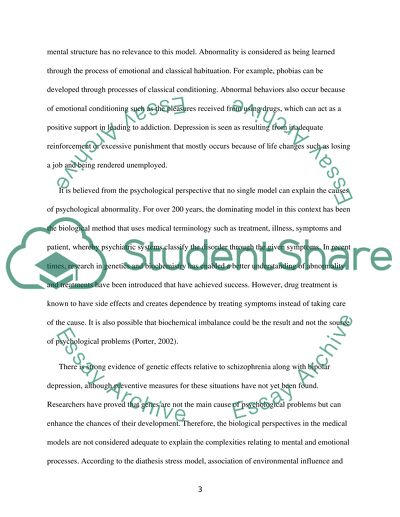Cite this document
(“Psychology: Is it Possible to Define 'Abnormality' Discuss with Essay”, n.d.)
Retrieved from https://studentshare.org/psychology/1430314-psychology-is-it-possible-to-define
Retrieved from https://studentshare.org/psychology/1430314-psychology-is-it-possible-to-define
(Psychology: Is It Possible to Define 'Abnormality' Discuss With Essay)
https://studentshare.org/psychology/1430314-psychology-is-it-possible-to-define.
https://studentshare.org/psychology/1430314-psychology-is-it-possible-to-define.
“Psychology: Is It Possible to Define 'Abnormality' Discuss With Essay”, n.d. https://studentshare.org/psychology/1430314-psychology-is-it-possible-to-define.


